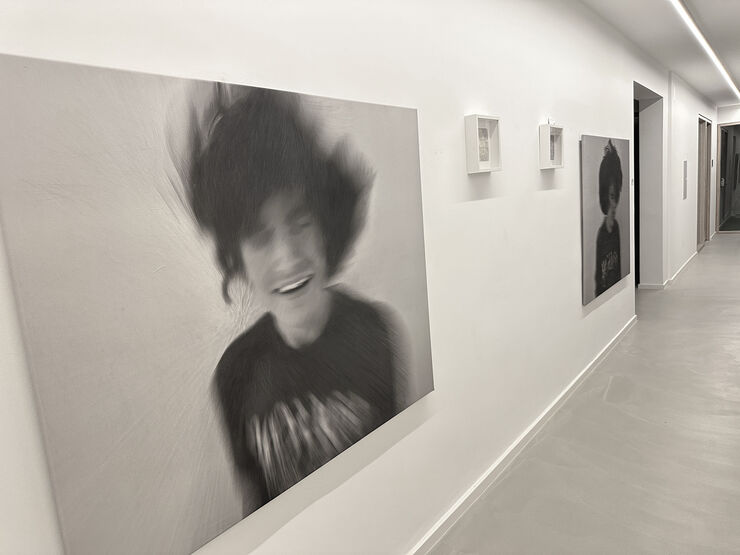
More on the subject Interviews

»With the camera, I can lend permanence to the ephemeral«
Bringing time to a standstill with photography: Berlin-based photographer Elitza Nanova not only captures the dynamics of dance, but also her fascination with fleeting moments for eternity. In an in-depth conversation, she provides deep insights into her practice. The interview was conducted by Mario Stumpfe.

New fine art print by Eveline Stauffer
With her minimalist paintings, the artist Eveline Stauffer succeeds in capturing the expressive power of maximally reduced forms. We interviewed the artist on the occasion of the publication of her new limited edition fine art print of the work Light blue light in the south.
Dive deeper into the art world
Political Portraits: »Ideas of Africa«
The macabre photography pioneer
The High Museum of Art presents one of the most innovative photographers of the 20th century: Ralph Eugene Meatyard was self-taught and devoted himself to the absurd and surreal. The exhibition The Family Album of Ralph Eugene Meatyard, which opens in Atlanta on December 12, features 36 rare photographs.













